Many people get confused about what exactly the PESA strain is. Some say this strain is a copy of the more famous B+ strain; others claim it’s a hybrid between Psilocybe cubensis and Psilocybe azurescens.
PESA stands for “Pacific Exotica Spora Amazonia.” It got this name from the spore vendor that developed it — Pacifica Exotica Spora (PES).
This strain sometimes goes by other names, like the Amazon Strain, Amazonian Cubensis, and PES Amazonia. It’s unclear whether this strain is the same as the Amazon strain, as both mushrooms have similar but distinct growth habits.
The PESA strain has below-average potency compared to the hundreds of other P. cubensis strains.
PESA produces enormous fruiting bodies that grow surprisingly quickly. Caps with a diameter of over 15 centimeters and stems of around 20 centimeters are not uncommon. The caps are reddish brown, becoming more of a golden brown color through maturity; they flatten out and are convex as they begin to sporulate. The stems are yellowish white and bruise a blue-green color when damaged.
One of the reasons this giant mushroom grows so quickly is because of its hollow stems. Because of this factor, the mushrooms’ colossal size often diminishes when they’re dried. Regardless, a single dried shroom can often fill the palm of a hand.
This article will look at this strain in depth, from its history and unusual backstory to its potency. We’ll also help you find a reliable spore vendor that stocks the strain and provide tips on cultivating PESA effectively.
Psilocybin Magic Mushroom Strain Specs
| Potency | Weak 🐁 |
| Cultivation | Easy |
| Species | Psilocybe cubensis |
| Substrate Recommendation | Rye Grain, Coco Coir & Vermiculite, BRF Cakes, & Bird Seed |
| Cost | $$ |
| Sold By | Sporeworks, Spores 101, Ralphsters Spores, The Magic Mushrooms Shop, Tatanka |
History of the Psilocybin Magic Mushroom Strain
PESA was initially sold by the Pacifica Exotica Spora vendor. This is where it got the name “PESA,” or Pacifica Exotica Spora Amazonian, in long form. It used to be trendy to include the name of the company that “discovered” the strain in the strain name — this is no longer common practice.
Some believe the PESA strain is identical to the more well-known “Amazon cubensis” or “Amazon strain” mushroom — but there’s some debate about this. Both strains produce similar, large mushrooms, but PESA tends to form denser clusters and have darker caps than the classic Amazon strain.
Most likely, the PESA strain is a genetic isolation from the original Amazon strain. It’s believed the original Amazon Cubensis strain was discovered and brought back to the United States by Terence and Dennis McKenna in the 1970s after a trip to the rainforest searching for psychedelics.
Psilocybe cubensis and many other psychedelic mushroom species have been used as part of spiritual ceremonies and healing for centuries by the native people of South and Central America. There are many different species of psilocybin-containing mushrooms here, including Psilocybe cubensis.
Psilocybin Magic Mushroom Potency & Psilocybin Content
PESA has below-average potency. The average combined psilocybin and psilocin levels across several samples submitted to the Psilocybin Cup is just 0.43%. This is below what we consider the “average magic mushroom potency” range of 0.5% to 0.9% (dried weight).
As with any psychedelic mushroom, potency is greatly affected by growing conditions, substrate, and fluctuations in environmental conditions. One shroom can be highly-potent, whereas another can be relatively mild. It’s all about how the mushroom is cultivated or the conditions and location in which it grows.
The classic Amazon strain, by comparison, is much stronger. The average total tryptamine levels for this mushroom is closer to 1.4% — more than three times the potency of PESA.
Where to Buy Psilocybin Magic Mushroom Strain Spores
PESA is a relatively common strain, and spores can be found for sale from various trustworthy spore vendors. Although spores aren’t hard to come by, you may struggle to find them since this strain goes by several different names.
If you can’t find this strain when searching spore vendors for PESA, try Amazonia, Amazon, PES Amazonian, or Amazon Cubensis instead. Although listed differently depending on the vendor, they are all the same strain.
For those in the United States, PESA spore samples can be purchased from Spores 101, Sporeworks, or Ralphsters Spores.
If you live in Europe or the United Kingdom, you’ll find PESA spores available from The Magic Mushrooms Shop or Tatanka.
How to Grow Psilocybin Magic Mushroom Shrooms
PESA is notorious for its rapid colonization, contamination resistance, and prolific flushes. This strain is easy to cultivate and can cope with unoptimized growing environments. However, if you want to produce the biggest mushrooms, keep the temperature and humidity in the growing environment as stable as possible.
PESA isn’t particularly fussy with the growing substrate. People have had good results on rye grain, coco coir, and vermiculite, BRF (brown rice flour) cakes, and wild bird seed.
Temperature-wise, PESA will do well during the incubation phase at temperatures between 68-82 degrees Fahrenheit (20 and 28 degrees Celsius). During the fruiting stage, keep the temperature inside the chamber between 73 and 82 degrees Fahrenheit (23 and 28 degrees Celsius).
The easiest way to cultivate PESA is to use PF-Tek. This growing method is super simple and effective for many strains of Psilocybe cubensis.
PF-Tek requires some basic equipment that you can buy from your local hardware store, garden center, and pet store.
The technique involves inoculating substrate-filled jars with PESA spores using a syringe. The jars are then left to colonize in a dark warm space. Once the substrate has colonized with mycelium (usually one to two weeks), the cakes can be removed and placed in a fruiting chamber.
The fruiting chamber consists of a simple translucent box with holes drilled in it for airflow. Place a heat mat underneath to control temperature, and humidity can be regulated by spraying the inside walls with a mister.
The cakes will begin to fruit in the chamber, and the mushrooms can be harvested as they mature. Eventually, the mycelium colonies will succumb to mold and cease producing mushrooms. At this point, they can be discarded, and the process can be repeated.
If you want to learn how to cultivate magic mushrooms using the PF-Tek method, check out our guide on how to cultivate magic mushrooms.

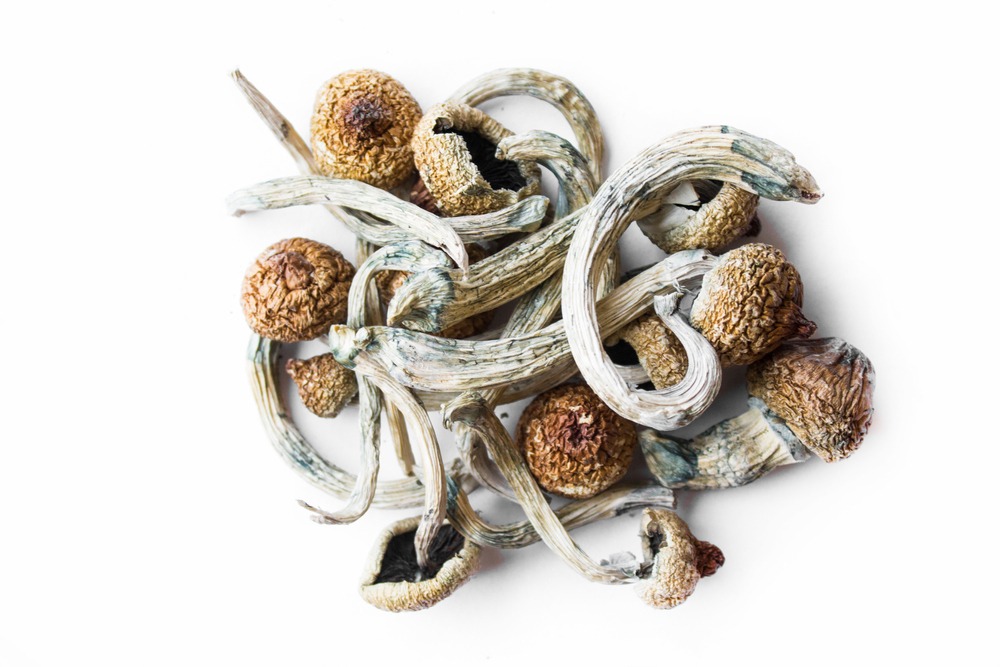
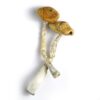
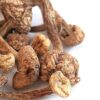
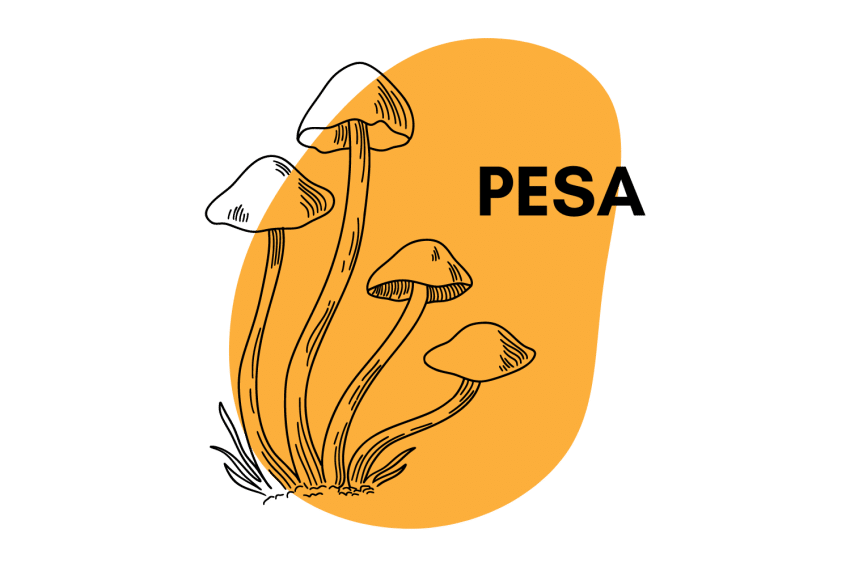
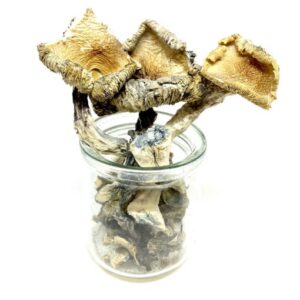
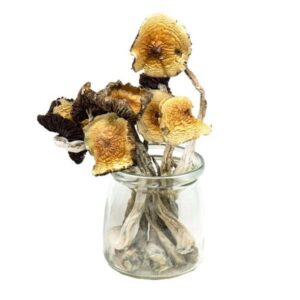
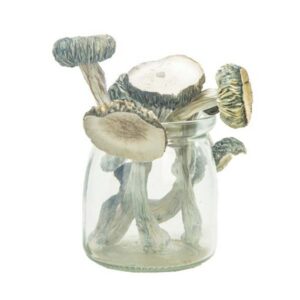

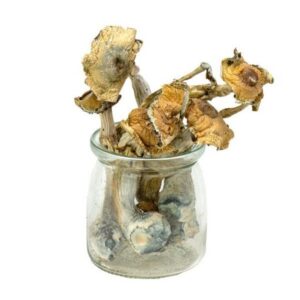
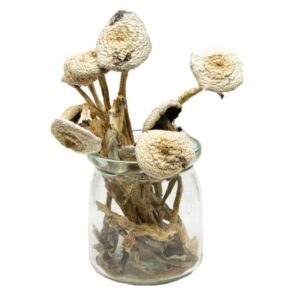
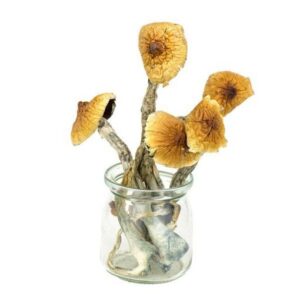
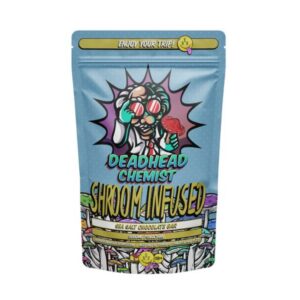
Reviews
There are no reviews yet.